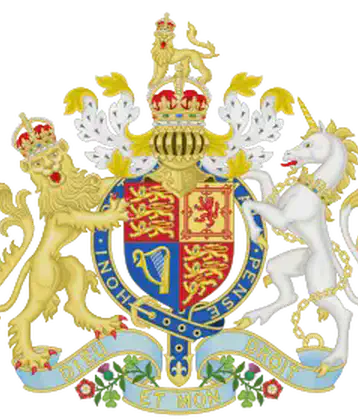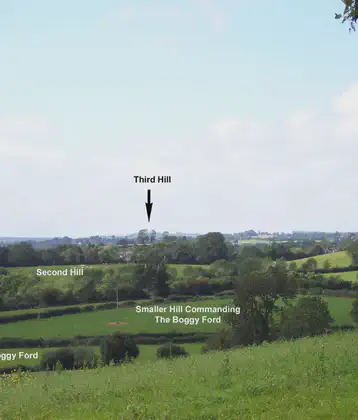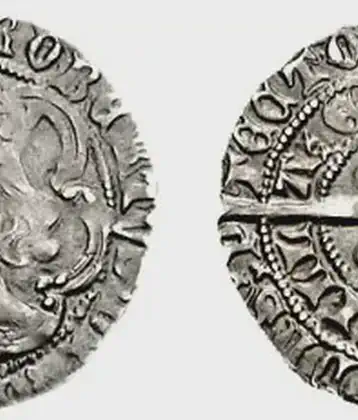On August 14, 1827 in Celtic History
Foundation is laid for the george iv bridge, edinburgh

The foundation for the George IV Bridge in Edinburgh was laid in 1827. However, the construction faced significant delays and was not completed until 1836, primarily due to a lack of funds.
Background and Significance
George IV Bridge: The George IV Bridge is a significant structure in Edinburgh, designed to connect the city’s Old Town with the growing areas to the south. It was named after King George IV, who had visited Edinburgh in 1822, the first reigning British monarch to visit Scotland in almost two centuries.
Purpose: The bridge was conceived as part of Edinburgh’s efforts to modernize and improve access between different parts of the city. It was designed to span the Cowgate, one of the older streets in the city, and provide a direct route from the High Street (part of the Royal Mile) to the southern parts of Edinburgh, including the University of Edinburgh.
Construction Delays
Foundation Laid in 1827: The project officially began with the laying of the foundation stone in 1827. The bridge was designed by architect Thomas Hamilton, who was also involved in other major Edinburgh projects.
Funding Issues: Despite the initial enthusiasm, the construction of the George IV Bridge soon encountered financial difficulties. The lack of adequate funds stalled the project for several years, delaying its completion.
Completion in 1836: After overcoming the financial challenges, the bridge was finally completed in 1836, nearly a decade after the foundation was laid. Upon completion, the George IV Bridge became an important thoroughfare in Edinburgh, significantly improving traffic flow and connectivity in the city.
Legacy
Architectural Importance: The George IV Bridge is an important part of Edinburgh’s architectural heritage. It stands as a testament to the city’s efforts to modernize during the 19th century while preserving the historic character of the Old Town.
Current Use: Today, George IV Bridge is a bustling part of Edinburgh, home to several important buildings, including the National Library of Scotland and the historic Greyfriars Kirk. The bridge remains a vital route for both pedestrians and vehicles in the city.
The delayed completion of the George IV Bridge due to financial constraints reflects the challenges faced in urban development during the 19th century. Nevertheless, its eventual completion in 1836 marked a significant improvement in Edinburgh’s infrastructure and continues to play an important role in the city’s layout and functionality.
More From This Day

University of Strathclyde was constituted in Glasgow, based on the Royal College of Science and Technology.
August 14, 1964



The Irish Franchise Act is enacted and has the effect of increasing the electorate from 45,000 to 164,000
August 14, 1850

Mary O'Connell is born in Co. Limerick, known as Sister Anthony, she serves in the American Civil War as a nurse
August 14, 1814

Nathaniel Hone, painter and member of the Royal Academy at the time of its founding in 1768, dies
August 14, 1784


